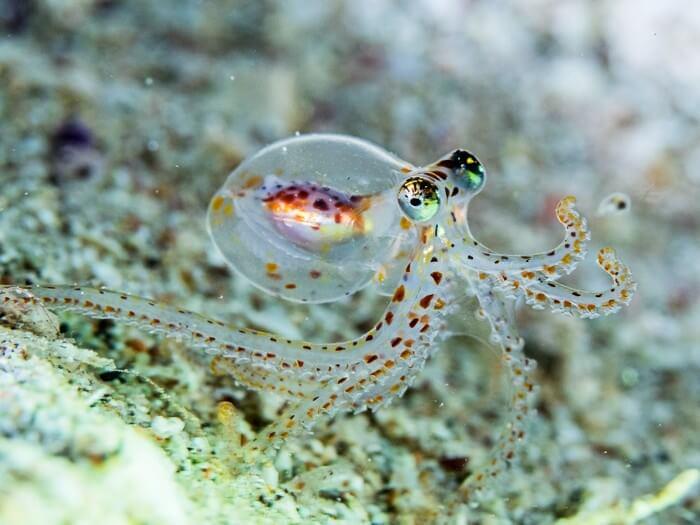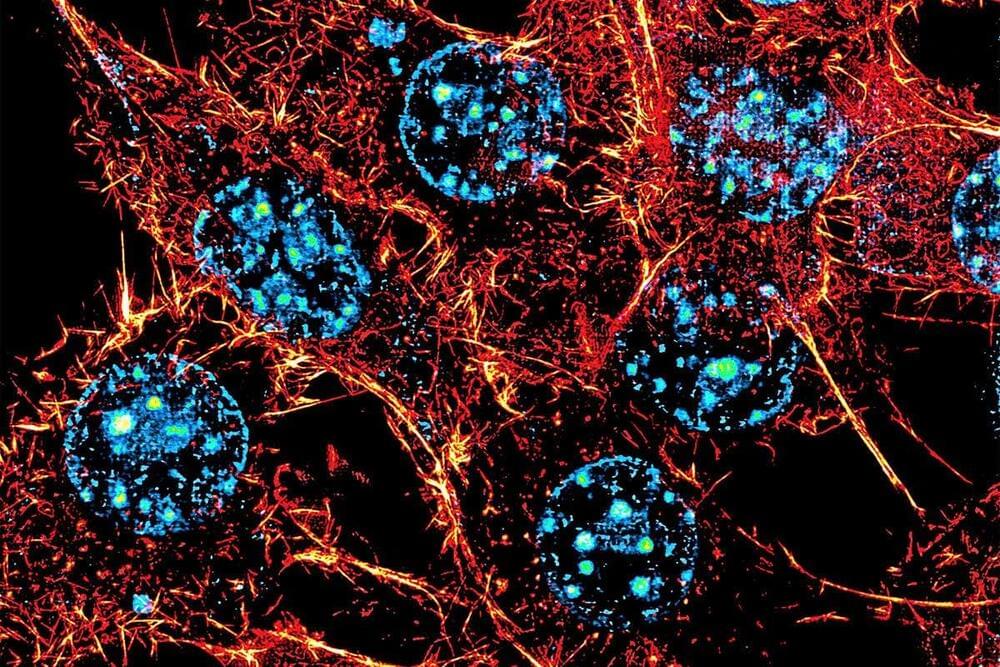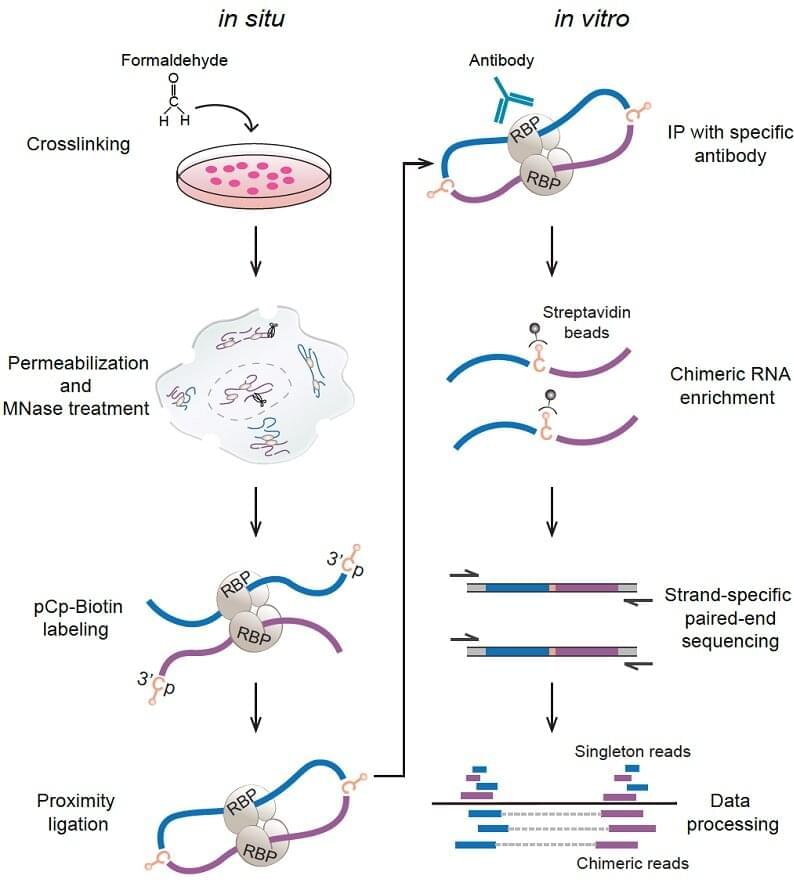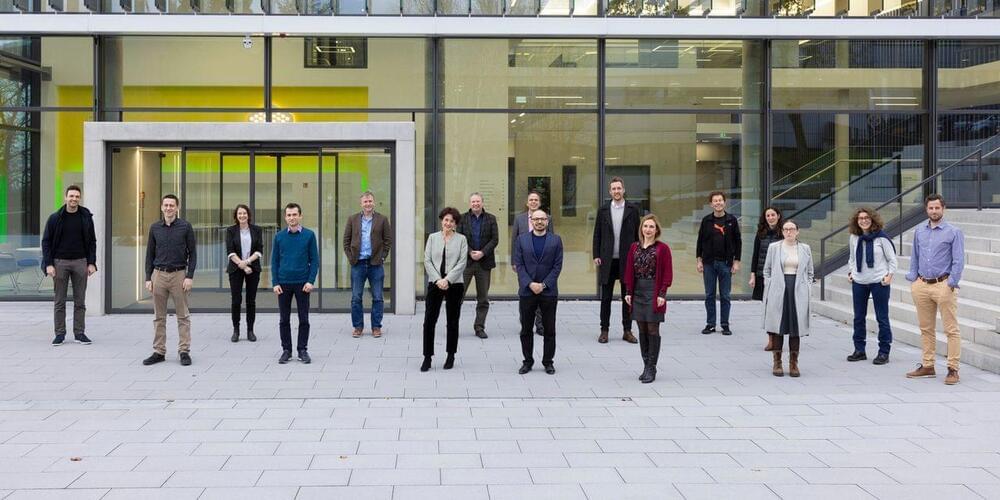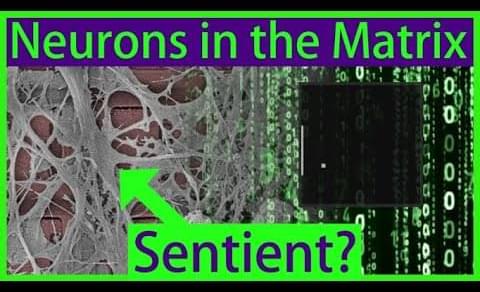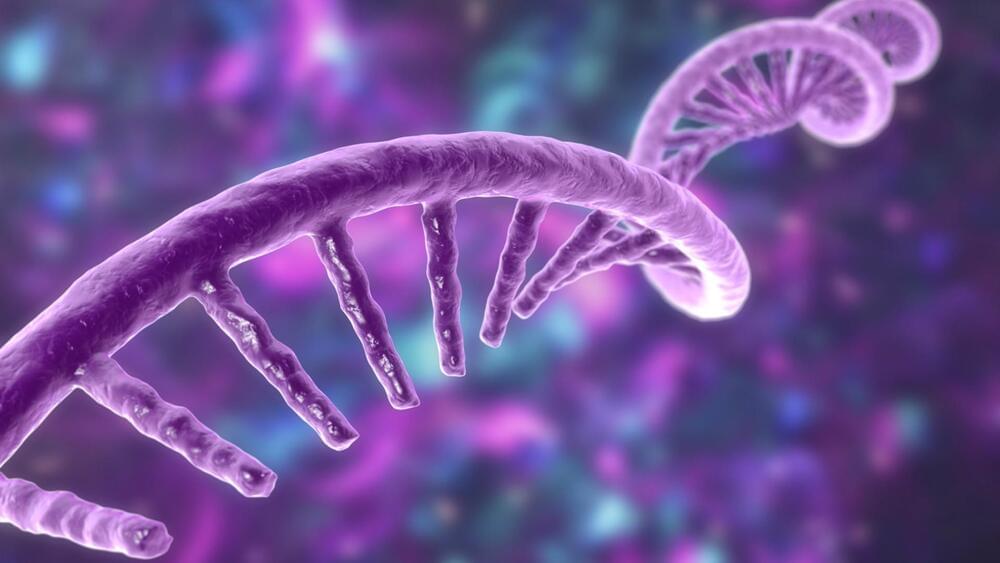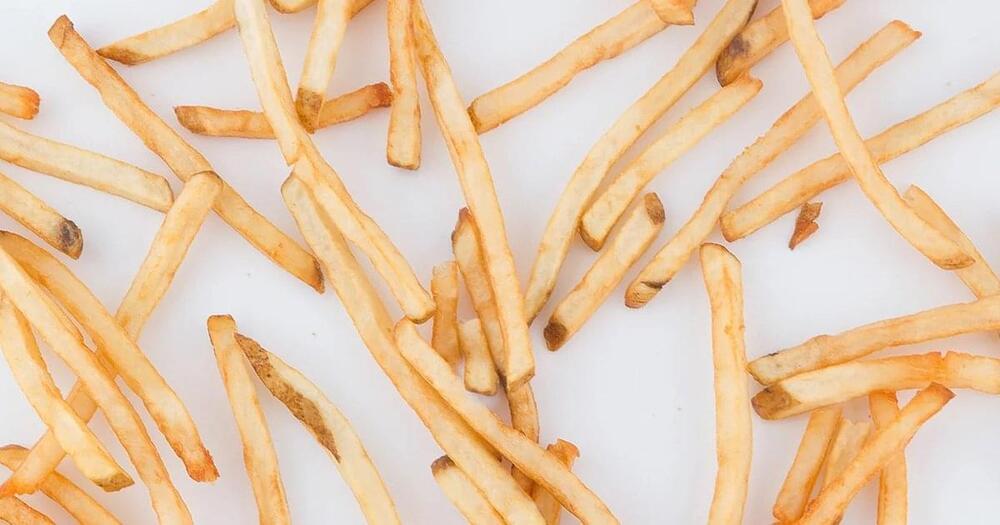Mar 29, 2023
Octopus camouflage ability transferred to human skin cells
Posted by Kelvin Dafiaghor in categories: biological, chemistry
Squids and octopuses are masters of camouflage, blending into their environment to evade predators or surprise prey. Some aspects of how these cephalopods become reversibly transparent are still “unclear,” largely because researchers can’t culture cephalopod skin cells in the lab.
Today, however, researchers report that they have replicated the tunable transparency of some squid skin cells in mammalian cells, which can be cultured. The work could not only shed light on basic squid biology, but also lead to better ways to image many cell types.
The researchers will present their results at the spring meeting of the American Chemical Society (ACS). ACS Spring 2023 is a hybrid meeting being held virtually and in-person March 26–30, and features more than 10,000 presentations on a wide range of science topics.
